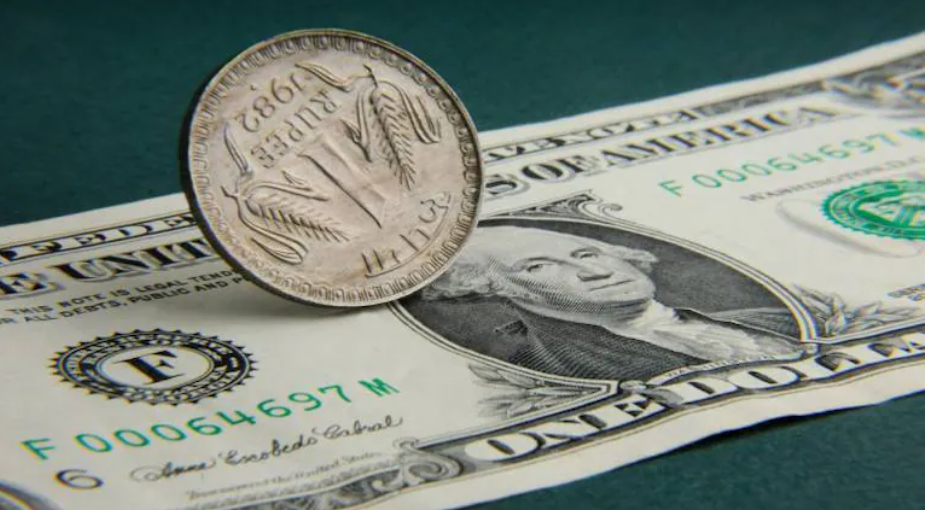Rising Strength of Rupee (GS Paper 3, Economy)

Why it's in the Spotlight
- Recent reports highlight a significant trend: since 2014, the value of the Indian rupee against the US dollar has experienced a notable increase, strengthening by approximately 27.6%.
- This shift, from Rs 60.34 to Rs 83.38, has garnered attention due to its potential implications for the Indian economy.
Understanding Currency Depreciation
- Currency depreciation refers to a decline in the value of a country's currency relative to other currencies in the foreign exchange market.
- Essentially, it means that the domestic currency can purchase fewer units of another currency or goods and services in international markets.
Key Distinctions: Depreciation vs. Devaluation
- Depreciation and devaluation are two distinct concepts in the realm of currency valuation:
- Depreciation implies a decline in the value of the currency due to market forces.
- Devaluation, on the other hand, involves a deliberate action by the government to lower the international value of the home currency.
Systems and Processes
These currency shifts operate within different exchange rate systems:
- Depreciation typically occurs under a flexible exchange rate system, driven by market demand and supply factors.
- Devaluation, conversely, is a deliberate action taken under a fixed exchange rate system, where the government intervenes to adjust the currency's value.
Factors Influencing Depreciation
Several factors contribute to currency depreciation, including:
1. Trade Imbalance: When a country's imports exceed exports, there is heightened demand for foreign currencies, leading to depreciation of the domestic currency.
2. Differential Inflation Rates: If a country experiences higher inflation rates compared to its trading partners, the purchasing power of its currency diminishes relative to others.
3. Interest Rate Differentials: Discrepancies in interest rates between countries can influence investor behavior, affecting currency demand and, consequently, its value.
4. Market Speculation: Investor sentiments regarding economic and political stability, both domestically and globally, can impact currency markets.
5. Capital Flows: Fluctuations in capital flows, driven by factors such as economic uncertainty or attractive investment opportunities abroad, can influence currency demand.
6. External Factors: Events like changes in global oil prices, geopolitical tensions, or monetary policy decisions by major central banks can also impact currency values.
The Role of Effective Exchange Rate (EER)
- Effective Exchange Rate (EER) serves as an index of the weighted average of a country's currency against those of its major trading partners.
- This metric helps assess a currency's performance in international trade, considering factors like Nominal Effective Exchange Rate (NEER) and Real Effective Exchange Rate (REER).
- NEER reflects changes in the external value of the currency, while REER adjusts for inflation differentials, providing a more accurate measure of purchasing power in international markets.
Impact on Trade
- Currency depreciation can affect a country's trade balance:
- Depreciation tends to boost exports by making them more competitive in international markets, while also reducing imports by increasing their costs for domestic consumers.
- Conversely, currency appreciation may make exports more expensive and imports cheaper, potentially impacting trade dynamics.
Conclusion
- The recent strengthening of the Indian rupee against the US dollar reflects a complex interplay of domestic and global factors.
- While it may enhance export competitiveness, it also presents challenges such as increased import costs.
- Understanding these dynamics is crucial for policymakers and businesses alike in navigating the evolving landscape of international trade.


